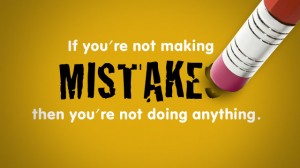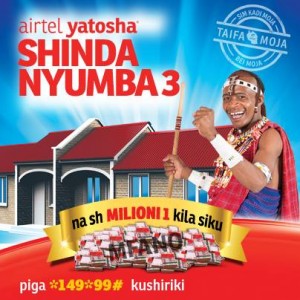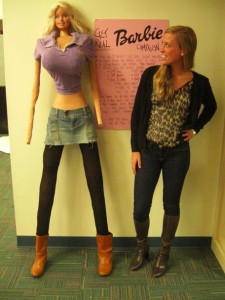When our group met to discuss the assignment, we all were very excited to share the different ideas we had for the video. It was a challenge to decide which idea worked best to fit the criteria of the assignment. That is when we decided to brainstorm all these ideas on a google doc to see how we could combine different ideas to form the video. We then choose the idea that we as a group thought worked well to our ability as well as met the criteria.
As a group we worked well with the way we allocated tasks; these tasks included: working on the presi PowerPoint, recording the video scenes, writing the script, editing etc. The tasks were allocated based on the varied skills that we all shared in the group. Through allocation of tasks we were all able to use the time we had effectively and this made the recording and audio easier to conduct.
The video editing was the most difficult process. The initial idea was to use Window Moviemaker to create the video as some group members were experienced with using Moviemaker. It was a challenge to convert the files of all the recordings from a Mac to a PC. Regardless of the hassle we had with this we were so disappointed to see that the quality of the video was very poor after conversion. This is when we had to go back to using iMovie on the Mac. It was at this time I wish we started the recording earlier so that we would have had more time to complete the editing and re-record if required. Starting early would have also helped us gain feedback from external viewers to further improve the video before submission. It was a challenge to learn iMovie, as none of us were experienced in using this program. This was time consuming but a great learning experience.
Ultimately, through this assignment we as a group did not only learn how to use iMovie but we all had the opportunity to understand the importance of time management and how to work in a team environment. These are a few of the skills that will not only help us in the coming future projects but is a learning that will last with us forever. As the saying goes, “we learn from mistakes”.




